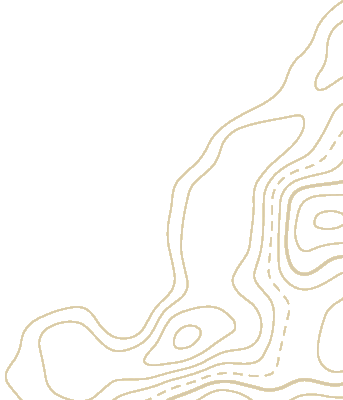

The Hunter Wetlands Centre is just a small part of the large wetland system in the Lower Hunter Estuary. Most of this system is salty because the water flows in and out to the ocean via the Hunter River.
We are an important part of the big picture. The Hunter Wetlands Centre is mainly a freshwater wetlands, with the water in the ponds coming mainly from rain. If there is a lot of rain, the ponds fill up, flow into each other and then down into Ironbark Creek, and on into the Hunter River.
Wetlands are also able to hold a lot of water during wet times and help manage flooding.
Some salty water flows into the Canoe Channel from Ironbark Creek with the tides.
There is over 5,000 ha of wetlands in the Lower Hunter. It is a collection of different types of wetlands.
There are Estuarine Wetlands, which occur along the edges of the Hunter River and its tributaries and are influenced by the tidal flow of salty water. Mangroves are a dominant plant in these areas and provide an important breeding nursery for sea life; trap nutrients and pollutants; and protect the river edges from washing away.
There are Floodplains, which collect water in times of rain; hold the water until the river system lowers; and releases the water back into the system. These are particularly important during times of flood because they help protect the land from that extra water.
There is Salt Marsh, which occurs adjacent to the rivers where the salt water reaches and the plants growing there can tolerate the salt in the soil.
And, of course, Freshwater Wetlands like ours!
Is the tide coming in or going out?
Can you see the high tide mark?
Translate now:

A Glencore Community Project